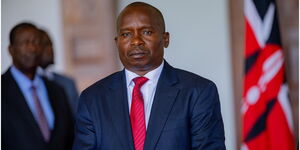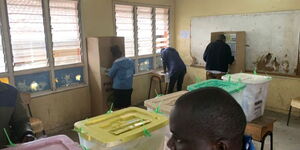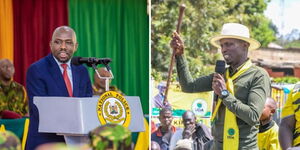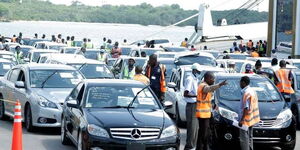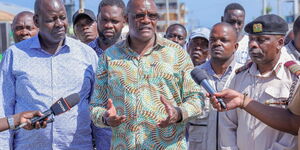The government has confirmed receiving World Bank funding for the Kenya Digital Economy Acceleration Project (KDEAP), which includes the establishment of 25,000 free Wi-Fi hotspots across the country.
This initiative is expected to reduce internet costs by up to 60 per cent, enhancing accessibility for innovators, young people, and entrepreneurs.
According to a notice from the ICT Authority, the government said it had received the funds for the project that aims to expand high-speed internet access, enhance the quality of education and selected government services, and develop skills for the regional digital economy.
“The Government of Kenya has received financing from the World Bank toward the cost of the Kenya Digital Economy Acceleration Project (KDEAP) and it intends to apply part of the proceeds toward payments under the contract for Provision of Internet Capacity (LOT 1: Supply and Delivery of Primary Internet Capacity (Internet Protocol Transit) for One Government Network and LOT 2: Supply and Delivery of Secondary Internet Capacity (Internet Protocol Transit) for One Government Network),” said Stanley Kamanguya, CEO of ICTA.
In April 2023, the World Bank approved $390 million (about Ksh50.47 billion in the current exchange rate) in financing for the first phase of the Kenya Digital Economy Acceleration Project (KDEAP).
The project is structured in two phases: the first, running from 2023 to 2028, focuses on infrastructure expansion and service improvement; the second, from 2026 to 2030, aims to create a data-driven and secure environment for digital service delivery and innovation.
Additionally, the project seeks to mobilise approximately $100 million (about Ksh12.94 billion at the current exchange rate) in private capital by involving the private sector in broadband infrastructure development.
A key component of KDEAP is increasing last-mile connectivity by expanding broadband network coverage to over 70 per cent of rural and underserved populations.
This initiative aligns with President Ruto's ambitious digital agenda, which aims to transform Kenya into a regional ICT hub by extending fibre optic coverage to 100,000 kilometres and digitising 80 per cent of public services.
The project is expected to enhance the interconnectivity and resilience of the One Government Network (OGN), a nationwide fibre optic infrastructure designed to provide reliable, high-capacity connectivity to government ministries, departments, and agencies (MDAs) across the country.
By interconnecting these entities, the OGN facilitates efficient communication, data sharing, and service delivery within the public sector.
The infrastructure is designed to handle substantial data traffic, supporting 400 Gbps on its backbone and 100 Gbps on sub-backbone links.
This comes as the government continues its digitisation efforts to enhance service delivery and curb investigation. By November last year, the government had digitised 19,000 services.

